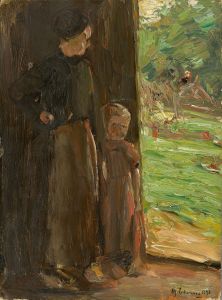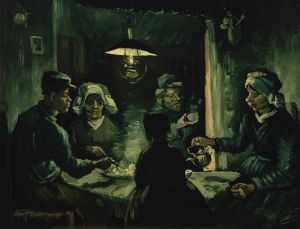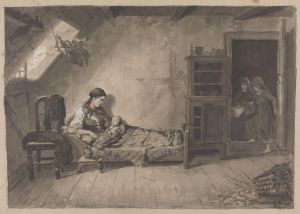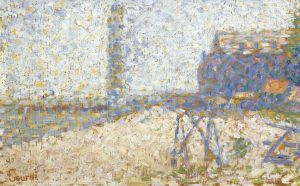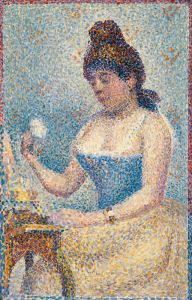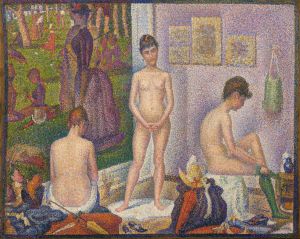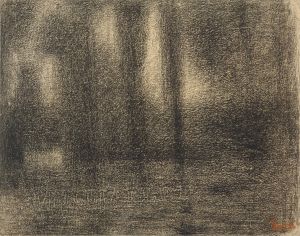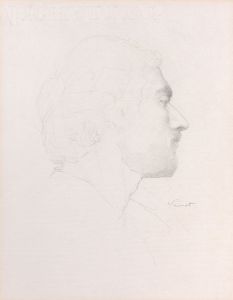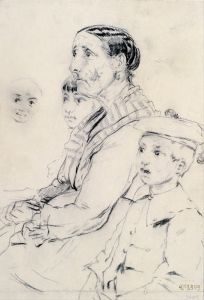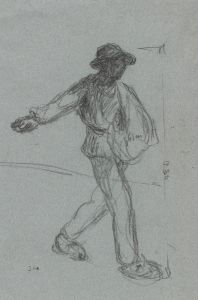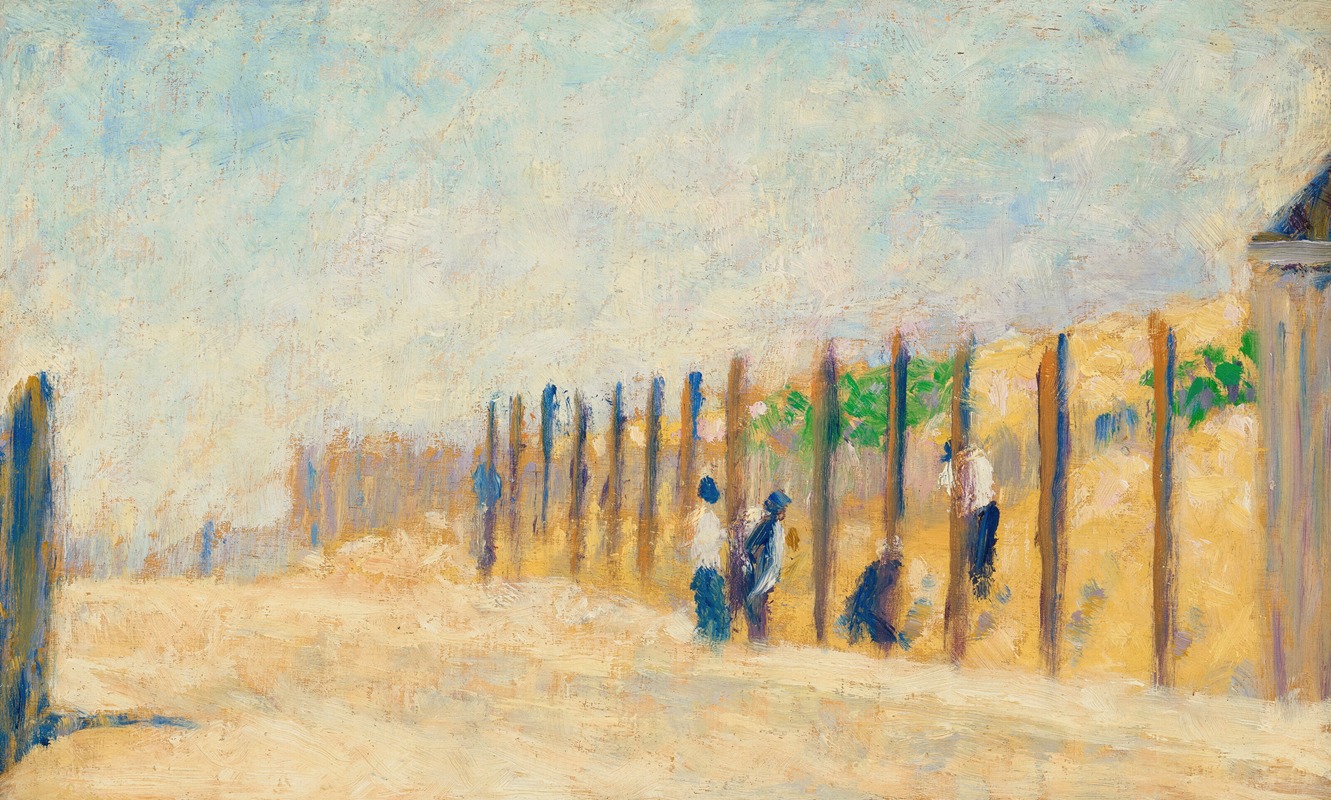
Ouvriers enfonçant des pieux
A hand-painted replica of Georges Seurat’s masterpiece Ouvriers enfonçant des pieux, meticulously crafted by professional artists to capture the true essence of the original. Each piece is created with museum-quality canvas and rare mineral pigments, carefully painted by experienced artists with delicate brushstrokes and rich, layered colors to perfectly recreate the texture of the original artwork. Unlike machine-printed reproductions, this hand-painted version brings the painting to life, infused with the artist’s emotions and skill in every stroke. Whether for personal collection or home decoration, it instantly elevates the artistic atmosphere of any space.
Georges Seurat, a pivotal figure in the post-impressionist movement, is renowned for his innovative technique known as pointillism. Among his works, "Ouvriers enfonçant des pieux" (Workers Driving Piles) is a lesser-known piece that reflects his interest in capturing the nuances of light and color through meticulous dot application. While not as famous as his masterpiece "A Sunday Afternoon on the Island of La Grande Jatte," this painting is an important part of Seurat's oeuvre, showcasing his dedication to exploring the effects of light and atmosphere.
Seurat was born in Paris in 1859 and studied at the École des Beaux-Arts. He was deeply influenced by scientific theories of color and perception, which he applied to his art. His technique involved placing tiny dots of pure color next to each other on the canvas, allowing the viewer's eye to blend them at a distance. This method was intended to produce a more luminous and vibrant effect than traditional mixing of pigments.
"Ouvriers enfonçant des pieux" depicts laborers engaged in the physically demanding task of driving piles into the ground, likely as part of a construction or engineering project. The scene captures the essence of industrial labor during the late 19th century, a time when urbanization and technological advancements were transforming the landscape of Europe. Seurat's choice of subject matter reflects a broader interest among artists of the time in depicting modern life and the working class.
The painting is characterized by Seurat's signature pointillist technique, which he used to render the figures and their surroundings with precision and clarity. The composition is carefully structured, with the workers positioned in a rhythmic arrangement that guides the viewer's eye across the canvas. The use of light and shadow is particularly noteworthy, as Seurat employs subtle gradations of color to create a sense of depth and volume.
Seurat's work often involved extensive preliminary studies and sketches, and "Ouvriers enfonçant des pieux" is no exception. He was known for his methodical approach to composition and his interest in the scientific principles of color theory. This painting exemplifies his commitment to these principles, as well as his ability to convey the dynamism and energy of the scene through his innovative technique.
While "Ouvriers enfonçant des pieux" may not be as widely recognized as some of Seurat's other works, it remains an important example of his artistic vision and technical prowess. The painting is a testament to his ability to capture the essence of modern life and the changing world around him, using a technique that was both revolutionary and influential.
Seurat's contributions to the art world extend beyond his individual paintings; his development of pointillism paved the way for future generations of artists to explore new methods of expression. His work continues to be studied and admired for its technical brilliance and its impact on the trajectory of modern art. "Ouvriers enfonçant des pieux" is a significant piece within this context, highlighting Seurat's role as a pioneer of the post-impressionist movement and his enduring influence on the art world.







